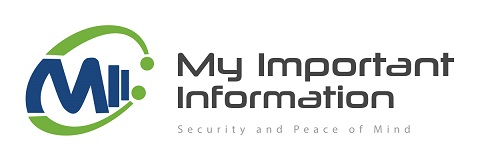Seniors can take medications morning, noon, afternoon, night, and in between. And it seems like keeping up with their meds is a difficult chore.
The medical community knows that seniors are sometimes over-medicated, under-medicated, and occasionally given medications where the effects on older people is not clearly understood. And physicians understand that seniors may not fully comply with the medication instructions. A significant number of hospital admissions is related to medication problems — usually not following the instructions.
While you can’t evaluate the medication decisions of the physicians — other than attending the appointments with your senior and asking pointed questions — you can help the physician by helping the senior take the medications as prescribed.
The first step is to gather an accurate “medication inventory” of every prescription and over-the-counter drug the senior is taking. This includes dietary supplements and vitamins.
Medication Inventory
The “Medication Inventory”should contain:
- Name of medication (generic or brand name).
- Dosage
- Frequency
- Special handling (cutting pill, take with food, etc.)
- Date started
- Date expected to finish
- Physician
- Active or completed
- Comments (how this affects the senior)
The medication inventory should be placed in an easily found location, kept current, taken to every medical appointment, and readily available in an emergency. Consider using a spreadsheet to easily move completed medications to the bottom of the list, and keep a hard copy list available.
Medication System
The second step is to develop a system that makes the medication available in a sequence that the senior can follow.
This could be a weekly pill container with pockets for each time period and day. Containers require a reliable person to regularly load the container. Many styles and types are available at your local pharmacy.
Another option is to arrange the medication bottles or containers in another container (such as a box) labeled “morning only,” “night only,” “morning, noon, and night” or other variations.
A third option is to make a check-off list, with the medications listed on the left, and the days and times listed in the vertical columns (as a spreadsheet). The check-off list should be in large font, with enough space for a shaky senior to mark a box indicating he took the medication. The check-off list should also contain the medications that are taken as needed. Help the physician by listing the prescription drugs at the top, with the over-the-counter items at the bottom.
The system needs to be audited: seniors (like anyone else), can forget to take medications. If a medication bottle contains 30 once-daily capsules, and the schedule starts the first of the month, you should see an empty bottle at the end of the month. Each medication container should be checked to verify the correct number of pills or capsules have been taken.
A different situation occurs when the senior takes too much of a medication. Be alert for changes in behavior, unexpected anxiety, or bizarre and unusual verbal statements.
The key to successful medication management is active involvement.

Can you recommend any computer apps or products to track medication, and more importantly, record that the senior took the medication? The system should work even with seniors who are forgetful. Is that even possible?
I like the site.
LikeLike